Properties & Applications of Engineering Materials
VerifiedAdded on 2023/01/23
|10
|1975
|68
AI Summary
This document discusses the properties and applications of engineering materials. It covers topics such as ductile fracture, brittle fracture, fatigue failure, creep, corrosion, metal oxidation, thermal shock damage, ceramics degradation, and aging in polymers.
Contribute Materials
Your contribution can guide someone’s learning journey. Share your
documents today.
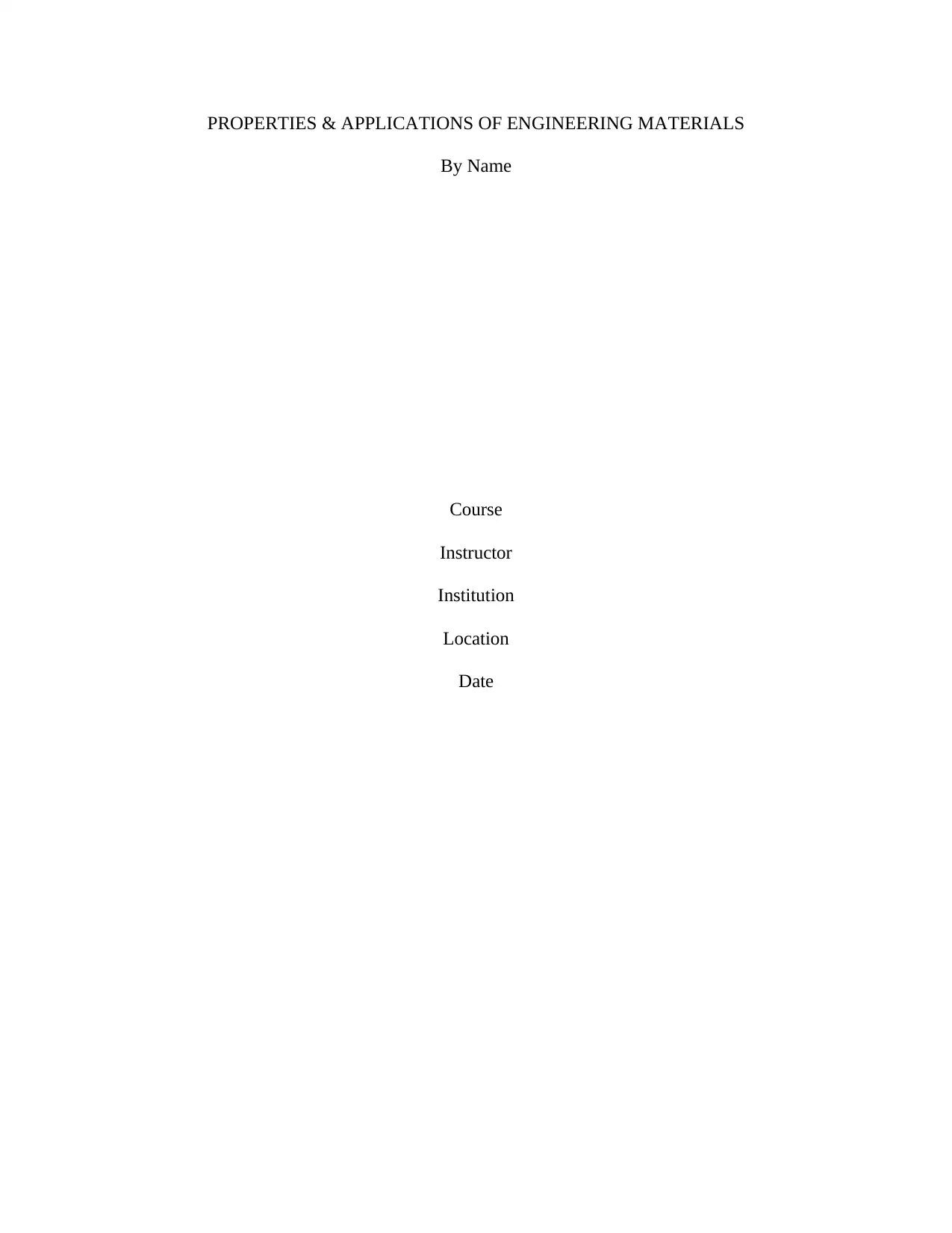
PROPERTIES & APPLICATIONS OF ENGINEERING MATERIALS
By Name
Course
Instructor
Institution
Location
Date
By Name
Course
Instructor
Institution
Location
Date
Secure Best Marks with AI Grader
Need help grading? Try our AI Grader for instant feedback on your assignments.
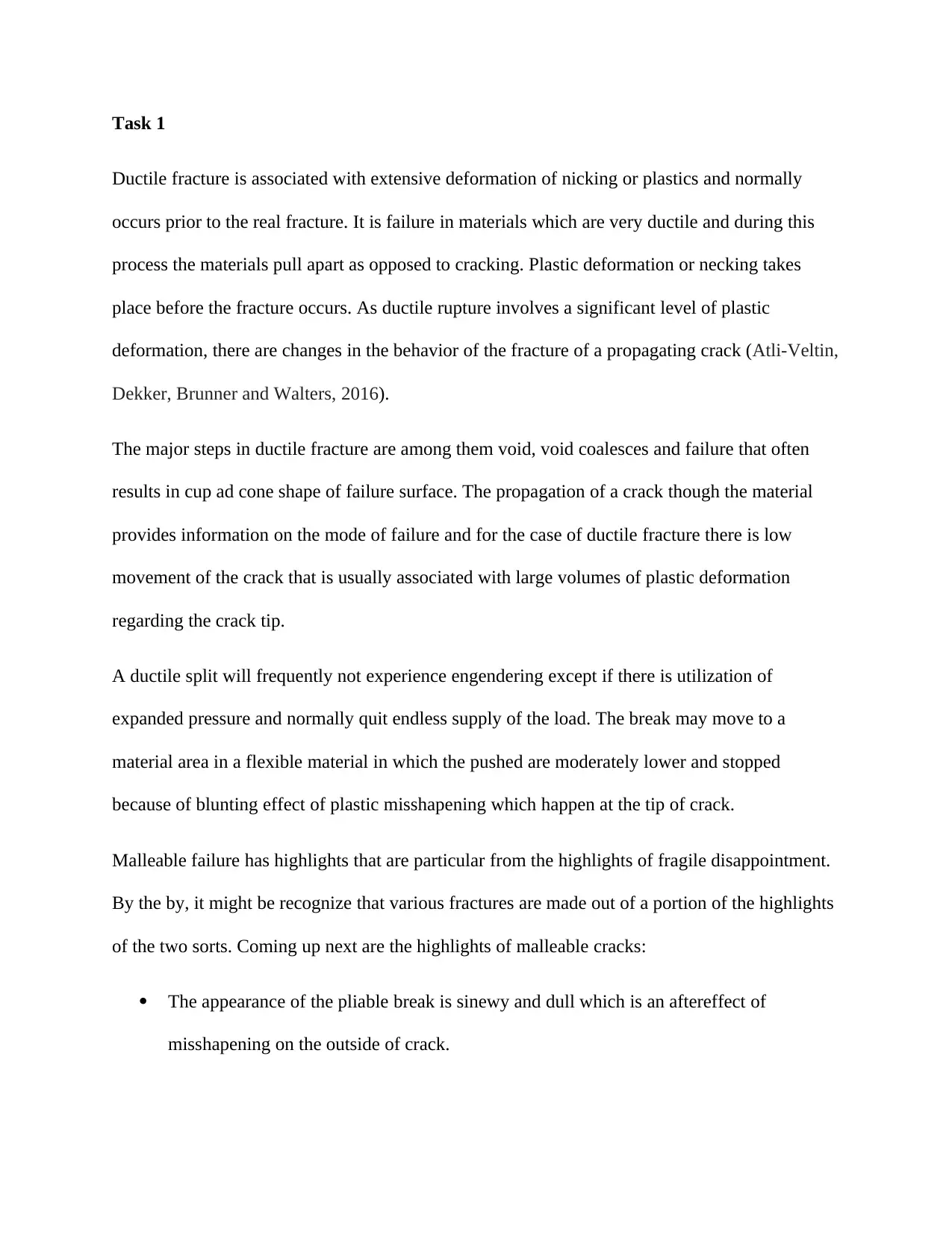
Task 1
Ductile fracture is associated with extensive deformation of nicking or plastics and normally
occurs prior to the real fracture. It is failure in materials which are very ductile and during this
process the materials pull apart as opposed to cracking. Plastic deformation or necking takes
place before the fracture occurs. As ductile rupture involves a significant level of plastic
deformation, there are changes in the behavior of the fracture of a propagating crack (Atli-Veltin,
Dekker, Brunner and Walters, 2016).
The major steps in ductile fracture are among them void, void coalesces and failure that often
results in cup ad cone shape of failure surface. The propagation of a crack though the material
provides information on the mode of failure and for the case of ductile fracture there is low
movement of the crack that is usually associated with large volumes of plastic deformation
regarding the crack tip.
A ductile split will frequently not experience engendering except if there is utilization of
expanded pressure and normally quit endless supply of the load. The break may move to a
material area in a flexible material in which the pushed are moderately lower and stopped
because of blunting effect of plastic misshapening which happen at the tip of crack.
Malleable failure has highlights that are particular from the highlights of fragile disappointment.
By the by, it might be recognize that various fractures are made out of a portion of the highlights
of the two sorts. Coming up next are the highlights of malleable cracks:
The appearance of the pliable break is sinewy and dull which is an aftereffect of
misshapening on the outside of crack.
Ductile fracture is associated with extensive deformation of nicking or plastics and normally
occurs prior to the real fracture. It is failure in materials which are very ductile and during this
process the materials pull apart as opposed to cracking. Plastic deformation or necking takes
place before the fracture occurs. As ductile rupture involves a significant level of plastic
deformation, there are changes in the behavior of the fracture of a propagating crack (Atli-Veltin,
Dekker, Brunner and Walters, 2016).
The major steps in ductile fracture are among them void, void coalesces and failure that often
results in cup ad cone shape of failure surface. The propagation of a crack though the material
provides information on the mode of failure and for the case of ductile fracture there is low
movement of the crack that is usually associated with large volumes of plastic deformation
regarding the crack tip.
A ductile split will frequently not experience engendering except if there is utilization of
expanded pressure and normally quit endless supply of the load. The break may move to a
material area in a flexible material in which the pushed are moderately lower and stopped
because of blunting effect of plastic misshapening which happen at the tip of crack.
Malleable failure has highlights that are particular from the highlights of fragile disappointment.
By the by, it might be recognize that various fractures are made out of a portion of the highlights
of the two sorts. Coming up next are the highlights of malleable cracks:
The appearance of the pliable break is sinewy and dull which is an aftereffect of
misshapening on the outside of crack.
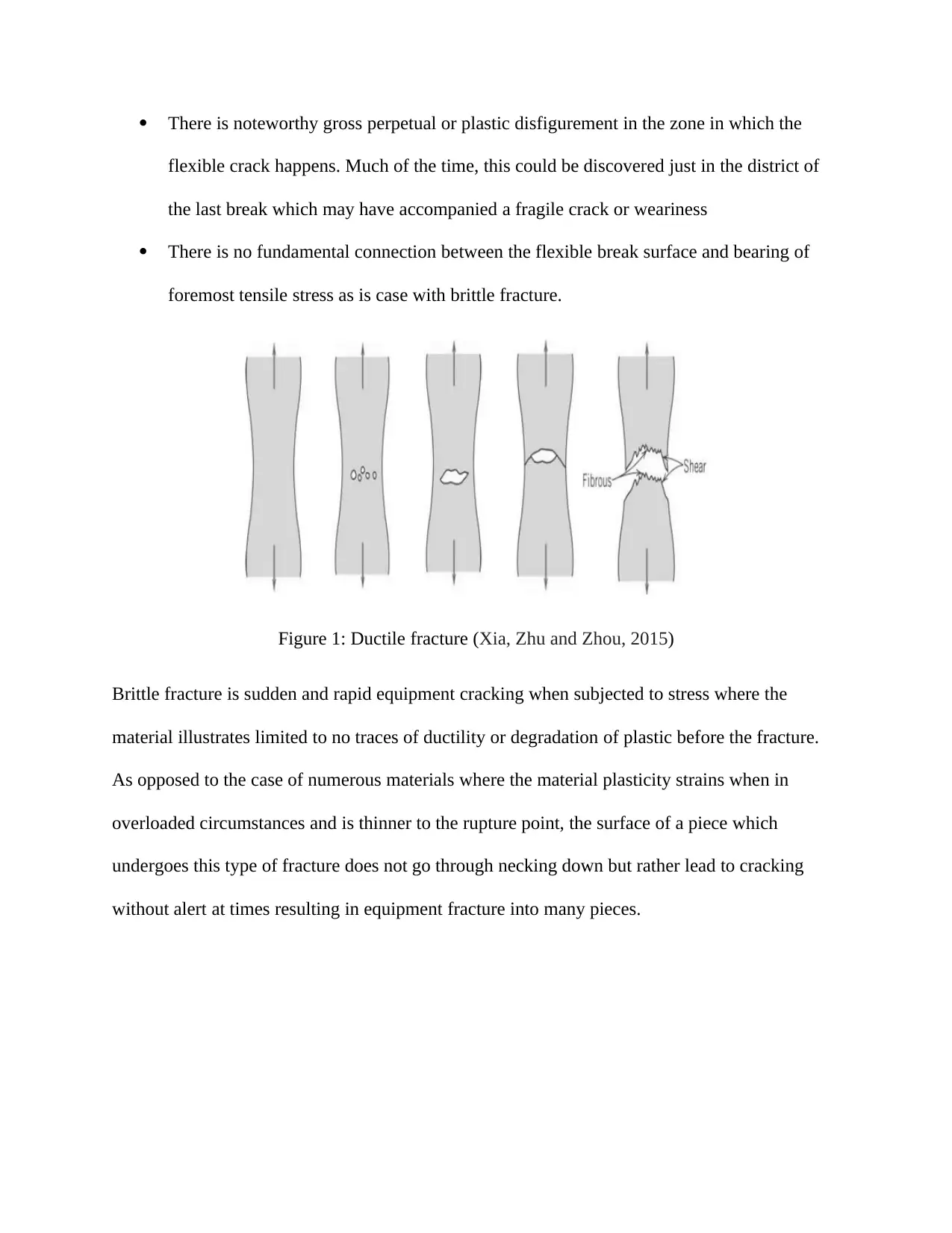
There is noteworthy gross perpetual or plastic disfigurement in the zone in which the
flexible crack happens. Much of the time, this could be discovered just in the district of
the last break which may have accompanied a fragile crack or weariness
There is no fundamental connection between the flexible break surface and bearing of
foremost tensile stress as is case with brittle fracture.
Figure 1: Ductile fracture (Xia, Zhu and Zhou, 2015)
Brittle fracture is sudden and rapid equipment cracking when subjected to stress where the
material illustrates limited to no traces of ductility or degradation of plastic before the fracture.
As opposed to the case of numerous materials where the material plasticity strains when in
overloaded circumstances and is thinner to the rupture point, the surface of a piece which
undergoes this type of fracture does not go through necking down but rather lead to cracking
without alert at times resulting in equipment fracture into many pieces.
flexible crack happens. Much of the time, this could be discovered just in the district of
the last break which may have accompanied a fragile crack or weariness
There is no fundamental connection between the flexible break surface and bearing of
foremost tensile stress as is case with brittle fracture.
Figure 1: Ductile fracture (Xia, Zhu and Zhou, 2015)
Brittle fracture is sudden and rapid equipment cracking when subjected to stress where the
material illustrates limited to no traces of ductility or degradation of plastic before the fracture.
As opposed to the case of numerous materials where the material plasticity strains when in
overloaded circumstances and is thinner to the rupture point, the surface of a piece which
undergoes this type of fracture does not go through necking down but rather lead to cracking
without alert at times resulting in equipment fracture into many pieces.
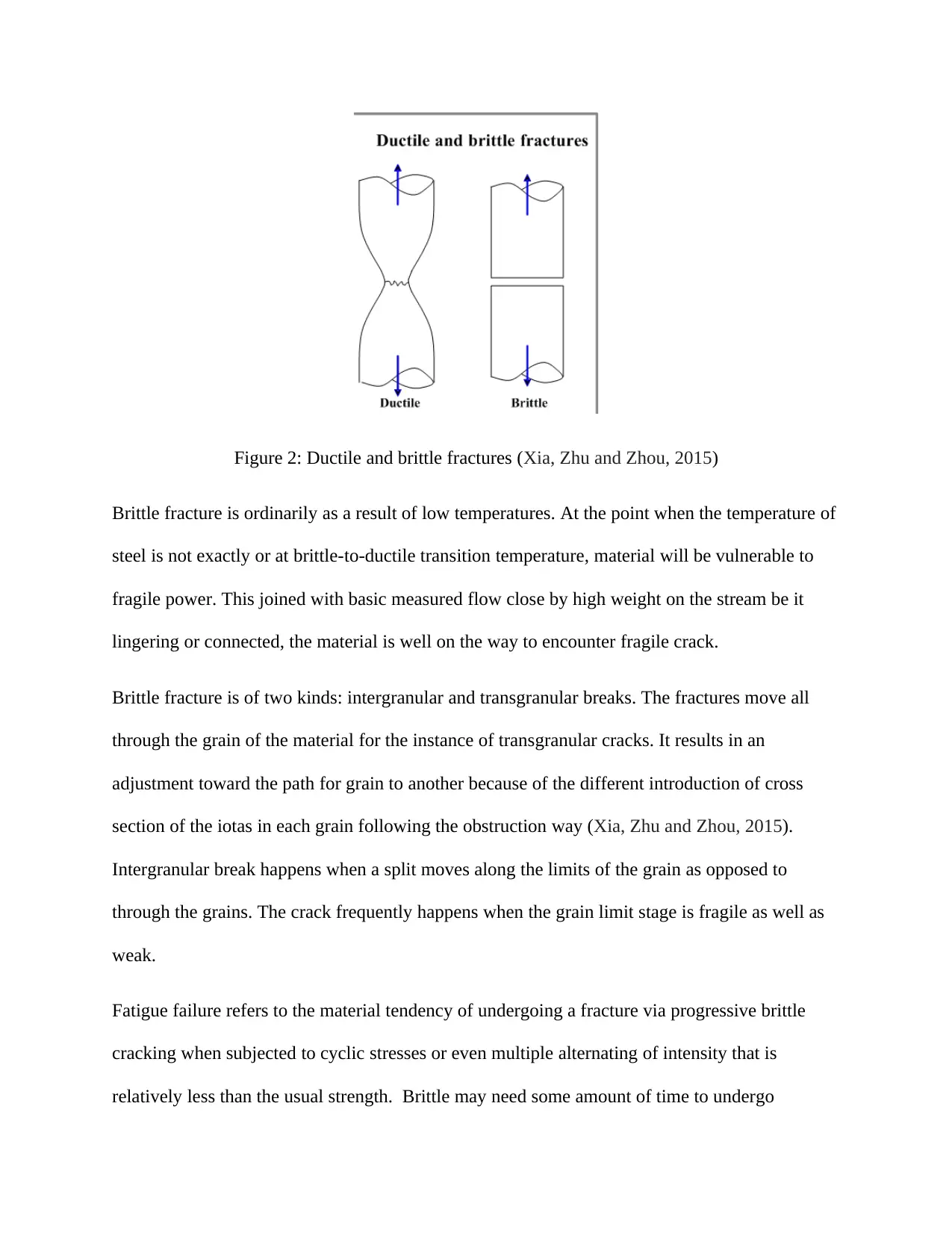
Figure 2: Ductile and brittle fractures (Xia, Zhu and Zhou, 2015)
Brittle fracture is ordinarily as a result of low temperatures. At the point when the temperature of
steel is not exactly or at brittle-to-ductile transition temperature, material will be vulnerable to
fragile power. This joined with basic measured flow close by high weight on the stream be it
lingering or connected, the material is well on the way to encounter fragile crack.
Brittle fracture is of two kinds: intergranular and transgranular breaks. The fractures move all
through the grain of the material for the instance of transgranular cracks. It results in an
adjustment toward the path for grain to another because of the different introduction of cross
section of the iotas in each grain following the obstruction way (Xia, Zhu and Zhou, 2015).
Intergranular break happens when a split moves along the limits of the grain as opposed to
through the grains. The crack frequently happens when the grain limit stage is fragile as well as
weak.
Fatigue failure refers to the material tendency of undergoing a fracture via progressive brittle
cracking when subjected to cyclic stresses or even multiple alternating of intensity that is
relatively less than the usual strength. Brittle may need some amount of time to undergo
Brittle fracture is ordinarily as a result of low temperatures. At the point when the temperature of
steel is not exactly or at brittle-to-ductile transition temperature, material will be vulnerable to
fragile power. This joined with basic measured flow close by high weight on the stream be it
lingering or connected, the material is well on the way to encounter fragile crack.
Brittle fracture is of two kinds: intergranular and transgranular breaks. The fractures move all
through the grain of the material for the instance of transgranular cracks. It results in an
adjustment toward the path for grain to another because of the different introduction of cross
section of the iotas in each grain following the obstruction way (Xia, Zhu and Zhou, 2015).
Intergranular break happens when a split moves along the limits of the grain as opposed to
through the grains. The crack frequently happens when the grain limit stage is fragile as well as
weak.
Fatigue failure refers to the material tendency of undergoing a fracture via progressive brittle
cracking when subjected to cyclic stresses or even multiple alternating of intensity that is
relatively less than the usual strength. Brittle may need some amount of time to undergo
Secure Best Marks with AI Grader
Need help grading? Try our AI Grader for instant feedback on your assignments.
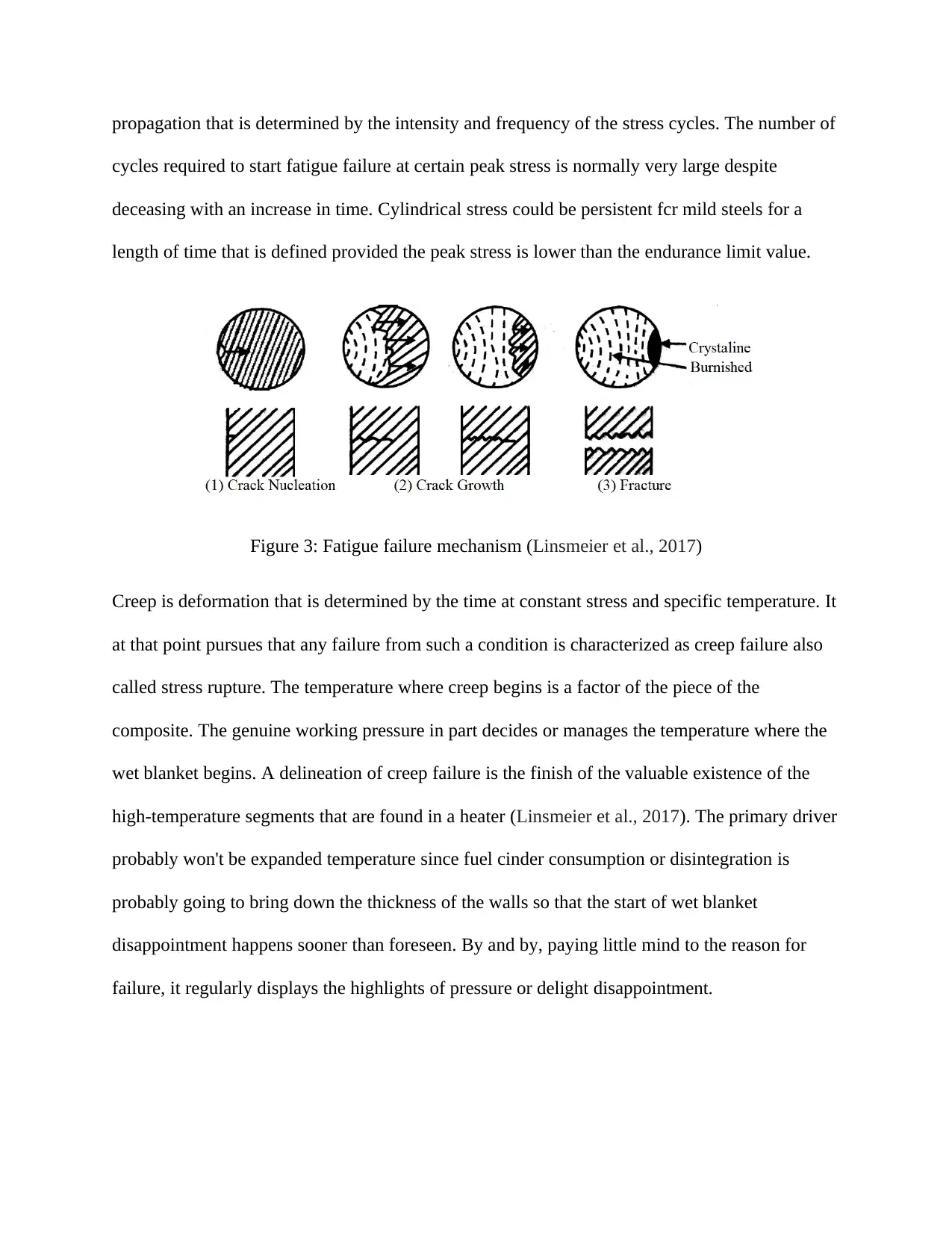
propagation that is determined by the intensity and frequency of the stress cycles. The number of
cycles required to start fatigue failure at certain peak stress is normally very large despite
deceasing with an increase in time. Cylindrical stress could be persistent fcr mild steels for a
length of time that is defined provided the peak stress is lower than the endurance limit value.
Figure 3: Fatigue failure mechanism (Linsmeier et al., 2017)
Creep is deformation that is determined by the time at constant stress and specific temperature. It
at that point pursues that any failure from such a condition is characterized as creep failure also
called stress rupture. The temperature where creep begins is a factor of the piece of the
composite. The genuine working pressure in part decides or manages the temperature where the
wet blanket begins. A delineation of creep failure is the finish of the valuable existence of the
high-temperature segments that are found in a heater (Linsmeier et al., 2017). The primary driver
probably won't be expanded temperature since fuel cinder consumption or disintegration is
probably going to bring down the thickness of the walls so that the start of wet blanket
disappointment happens sooner than foreseen. By and by, paying little mind to the reason for
failure, it regularly displays the highlights of pressure or delight disappointment.
cycles required to start fatigue failure at certain peak stress is normally very large despite
deceasing with an increase in time. Cylindrical stress could be persistent fcr mild steels for a
length of time that is defined provided the peak stress is lower than the endurance limit value.
Figure 3: Fatigue failure mechanism (Linsmeier et al., 2017)
Creep is deformation that is determined by the time at constant stress and specific temperature. It
at that point pursues that any failure from such a condition is characterized as creep failure also
called stress rupture. The temperature where creep begins is a factor of the piece of the
composite. The genuine working pressure in part decides or manages the temperature where the
wet blanket begins. A delineation of creep failure is the finish of the valuable existence of the
high-temperature segments that are found in a heater (Linsmeier et al., 2017). The primary driver
probably won't be expanded temperature since fuel cinder consumption or disintegration is
probably going to bring down the thickness of the walls so that the start of wet blanket
disappointment happens sooner than foreseen. By and by, paying little mind to the reason for
failure, it regularly displays the highlights of pressure or delight disappointment.
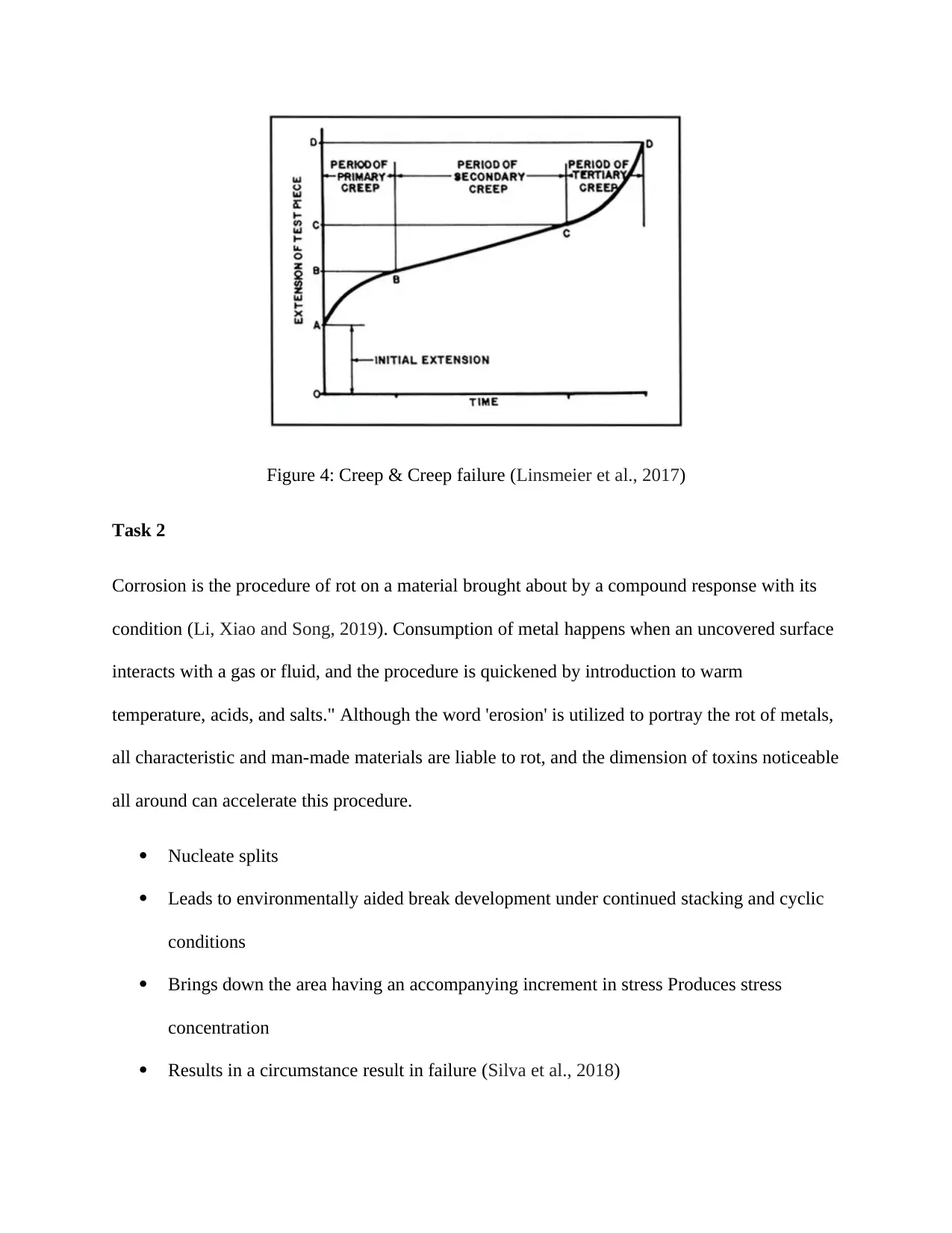
Figure 4: Creep & Creep failure (Linsmeier et al., 2017)
Task 2
Corrosion is the procedure of rot on a material brought about by a compound response with its
condition (Li, Xiao and Song, 2019). Consumption of metal happens when an uncovered surface
interacts with a gas or fluid, and the procedure is quickened by introduction to warm
temperature, acids, and salts." Although the word 'erosion' is utilized to portray the rot of metals,
all characteristic and man-made materials are liable to rot, and the dimension of toxins noticeable
all around can accelerate this procedure.
Nucleate splits
Leads to environmentally aided break development under continued stacking and cyclic
conditions
Brings down the area having an accompanying increment in stress Produces stress
concentration
Results in a circumstance result in failure (Silva et al., 2018)
Task 2
Corrosion is the procedure of rot on a material brought about by a compound response with its
condition (Li, Xiao and Song, 2019). Consumption of metal happens when an uncovered surface
interacts with a gas or fluid, and the procedure is quickened by introduction to warm
temperature, acids, and salts." Although the word 'erosion' is utilized to portray the rot of metals,
all characteristic and man-made materials are liable to rot, and the dimension of toxins noticeable
all around can accelerate this procedure.
Nucleate splits
Leads to environmentally aided break development under continued stacking and cyclic
conditions
Brings down the area having an accompanying increment in stress Produces stress
concentration
Results in a circumstance result in failure (Silva et al., 2018)
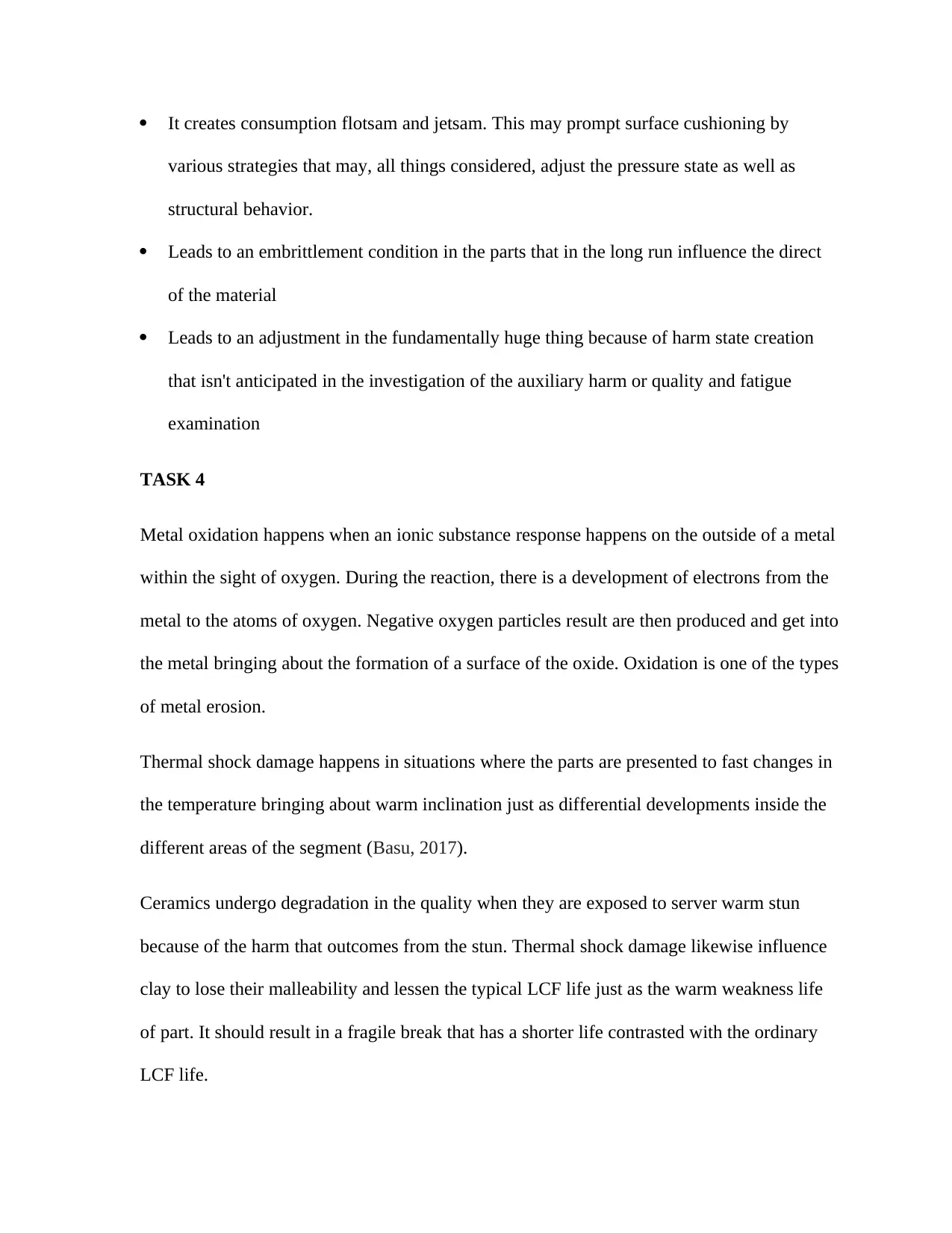
It creates consumption flotsam and jetsam. This may prompt surface cushioning by
various strategies that may, all things considered, adjust the pressure state as well as
structural behavior.
Leads to an embrittlement condition in the parts that in the long run influence the direct
of the material
Leads to an adjustment in the fundamentally huge thing because of harm state creation
that isn't anticipated in the investigation of the auxiliary harm or quality and fatigue
examination
TASK 4
Metal oxidation happens when an ionic substance response happens on the outside of a metal
within the sight of oxygen. During the reaction, there is a development of electrons from the
metal to the atoms of oxygen. Negative oxygen particles result are then produced and get into
the metal bringing about the formation of a surface of the oxide. Oxidation is one of the types
of metal erosion.
Thermal shock damage happens in situations where the parts are presented to fast changes in
the temperature bringing about warm inclination just as differential developments inside the
different areas of the segment (Basu, 2017).
Ceramics undergo degradation in the quality when they are exposed to server warm stun
because of the harm that outcomes from the stun. Thermal shock damage likewise influence
clay to lose their malleability and lessen the typical LCF life just as the warm weakness life
of part. It should result in a fragile break that has a shorter life contrasted with the ordinary
LCF life.
various strategies that may, all things considered, adjust the pressure state as well as
structural behavior.
Leads to an embrittlement condition in the parts that in the long run influence the direct
of the material
Leads to an adjustment in the fundamentally huge thing because of harm state creation
that isn't anticipated in the investigation of the auxiliary harm or quality and fatigue
examination
TASK 4
Metal oxidation happens when an ionic substance response happens on the outside of a metal
within the sight of oxygen. During the reaction, there is a development of electrons from the
metal to the atoms of oxygen. Negative oxygen particles result are then produced and get into
the metal bringing about the formation of a surface of the oxide. Oxidation is one of the types
of metal erosion.
Thermal shock damage happens in situations where the parts are presented to fast changes in
the temperature bringing about warm inclination just as differential developments inside the
different areas of the segment (Basu, 2017).
Ceramics undergo degradation in the quality when they are exposed to server warm stun
because of the harm that outcomes from the stun. Thermal shock damage likewise influence
clay to lose their malleability and lessen the typical LCF life just as the warm weakness life
of part. It should result in a fragile break that has a shorter life contrasted with the ordinary
LCF life.
Paraphrase This Document
Need a fresh take? Get an instant paraphrase of this document with our AI Paraphraser
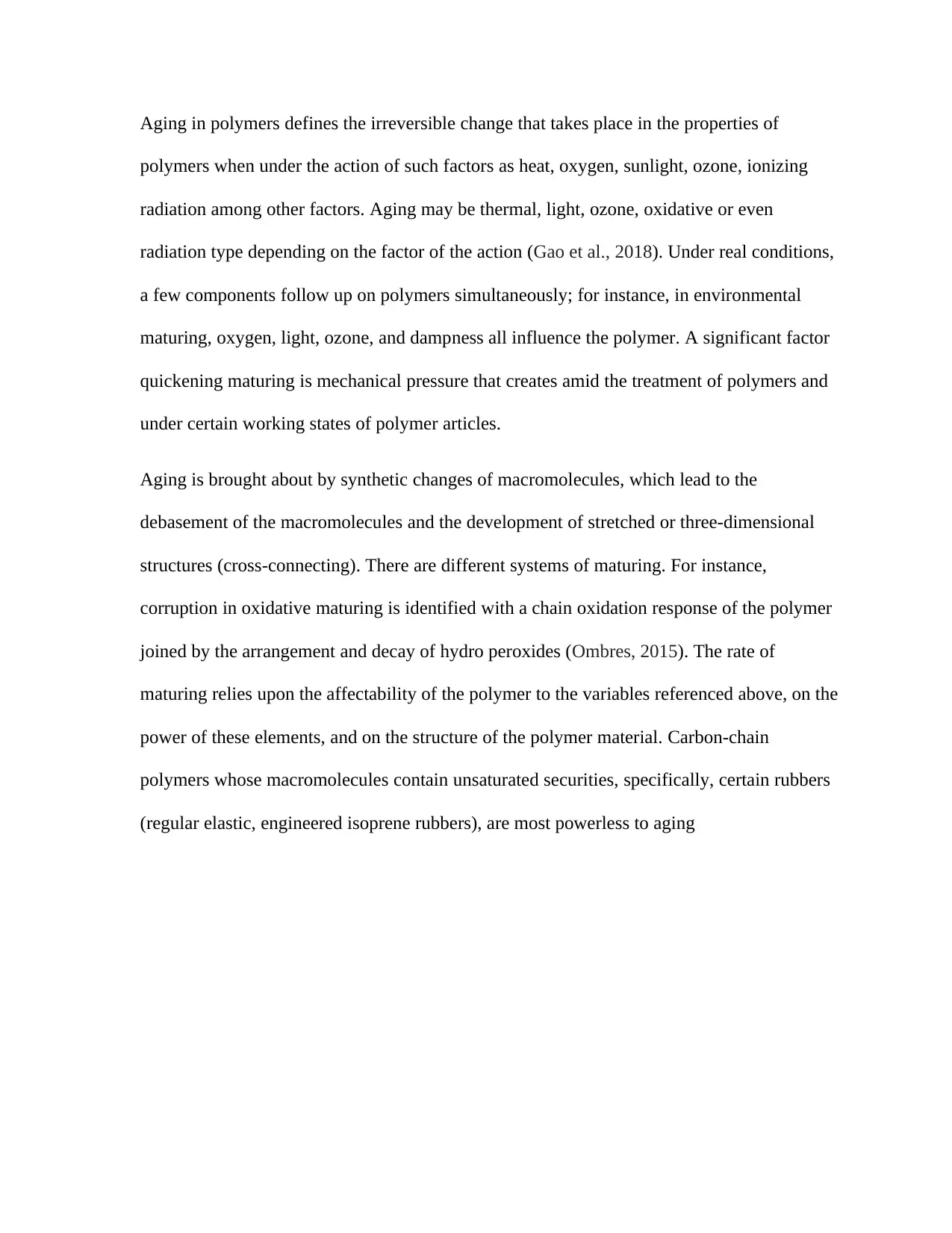
Aging in polymers defines the irreversible change that takes place in the properties of
polymers when under the action of such factors as heat, oxygen, sunlight, ozone, ionizing
radiation among other factors. Aging may be thermal, light, ozone, oxidative or even
radiation type depending on the factor of the action (Gao et al., 2018). Under real conditions,
a few components follow up on polymers simultaneously; for instance, in environmental
maturing, oxygen, light, ozone, and dampness all influence the polymer. A significant factor
quickening maturing is mechanical pressure that creates amid the treatment of polymers and
under certain working states of polymer articles.
Aging is brought about by synthetic changes of macromolecules, which lead to the
debasement of the macromolecules and the development of stretched or three-dimensional
structures (cross-connecting). There are different systems of maturing. For instance,
corruption in oxidative maturing is identified with a chain oxidation response of the polymer
joined by the arrangement and decay of hydro peroxides (Ombres, 2015). The rate of
maturing relies upon the affectability of the polymer to the variables referenced above, on the
power of these elements, and on the structure of the polymer material. Carbon-chain
polymers whose macromolecules contain unsaturated securities, specifically, certain rubbers
(regular elastic, engineered isoprene rubbers), are most powerless to aging
polymers when under the action of such factors as heat, oxygen, sunlight, ozone, ionizing
radiation among other factors. Aging may be thermal, light, ozone, oxidative or even
radiation type depending on the factor of the action (Gao et al., 2018). Under real conditions,
a few components follow up on polymers simultaneously; for instance, in environmental
maturing, oxygen, light, ozone, and dampness all influence the polymer. A significant factor
quickening maturing is mechanical pressure that creates amid the treatment of polymers and
under certain working states of polymer articles.
Aging is brought about by synthetic changes of macromolecules, which lead to the
debasement of the macromolecules and the development of stretched or three-dimensional
structures (cross-connecting). There are different systems of maturing. For instance,
corruption in oxidative maturing is identified with a chain oxidation response of the polymer
joined by the arrangement and decay of hydro peroxides (Ombres, 2015). The rate of
maturing relies upon the affectability of the polymer to the variables referenced above, on the
power of these elements, and on the structure of the polymer material. Carbon-chain
polymers whose macromolecules contain unsaturated securities, specifically, certain rubbers
(regular elastic, engineered isoprene rubbers), are most powerless to aging
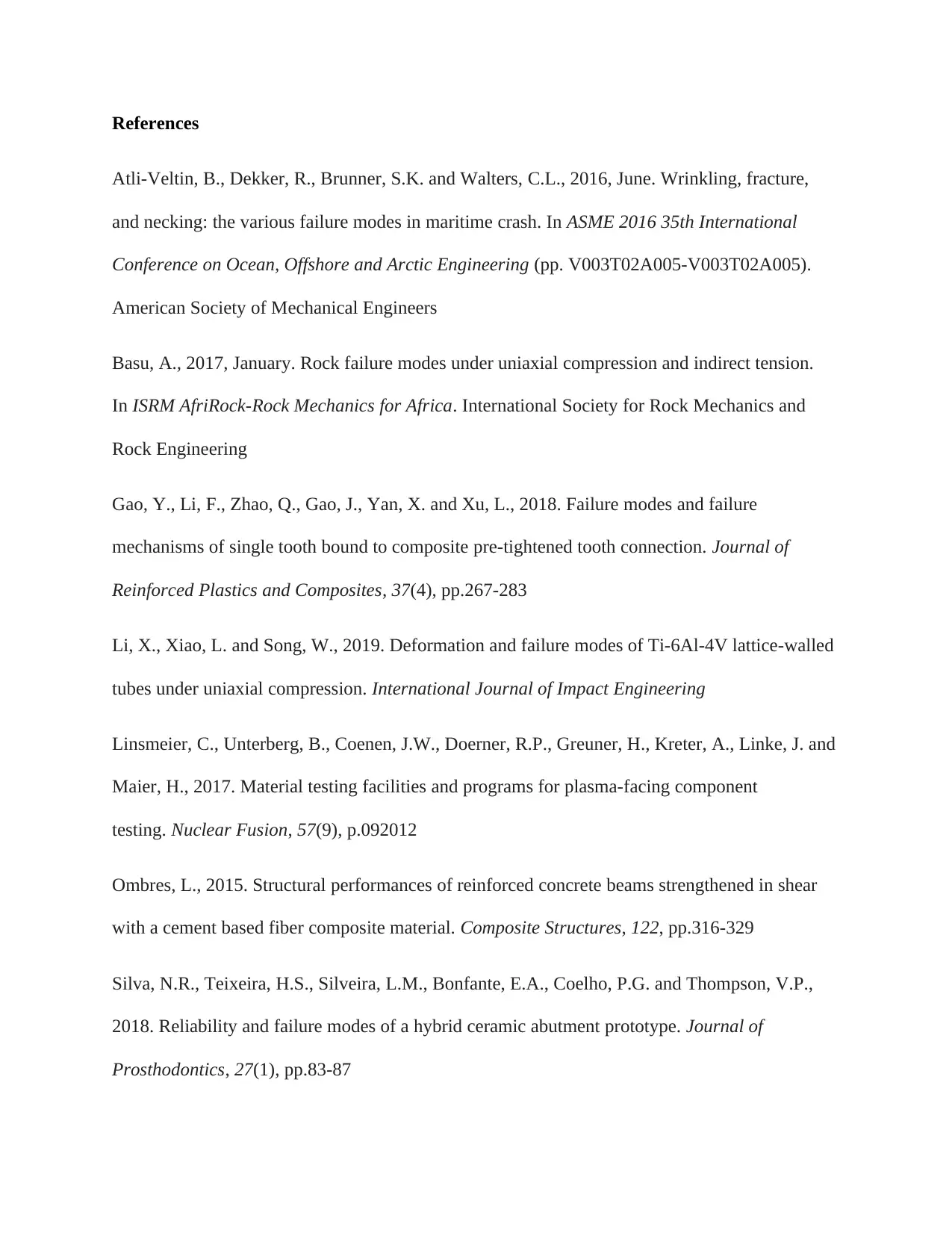
References
Atli-Veltin, B., Dekker, R., Brunner, S.K. and Walters, C.L., 2016, June. Wrinkling, fracture,
and necking: the various failure modes in maritime crash. In ASME 2016 35th International
Conference on Ocean, Offshore and Arctic Engineering (pp. V003T02A005-V003T02A005).
American Society of Mechanical Engineers
Basu, A., 2017, January. Rock failure modes under uniaxial compression and indirect tension.
In ISRM AfriRock-Rock Mechanics for Africa. International Society for Rock Mechanics and
Rock Engineering
Gao, Y., Li, F., Zhao, Q., Gao, J., Yan, X. and Xu, L., 2018. Failure modes and failure
mechanisms of single tooth bound to composite pre-tightened tooth connection. Journal of
Reinforced Plastics and Composites, 37(4), pp.267-283
Li, X., Xiao, L. and Song, W., 2019. Deformation and failure modes of Ti-6Al-4V lattice-walled
tubes under uniaxial compression. International Journal of Impact Engineering
Linsmeier, C., Unterberg, B., Coenen, J.W., Doerner, R.P., Greuner, H., Kreter, A., Linke, J. and
Maier, H., 2017. Material testing facilities and programs for plasma-facing component
testing. Nuclear Fusion, 57(9), p.092012
Ombres, L., 2015. Structural performances of reinforced concrete beams strengthened in shear
with a cement based fiber composite material. Composite Structures, 122, pp.316-329
Silva, N.R., Teixeira, H.S., Silveira, L.M., Bonfante, E.A., Coelho, P.G. and Thompson, V.P.,
2018. Reliability and failure modes of a hybrid ceramic abutment prototype. Journal of
Prosthodontics, 27(1), pp.83-87
Atli-Veltin, B., Dekker, R., Brunner, S.K. and Walters, C.L., 2016, June. Wrinkling, fracture,
and necking: the various failure modes in maritime crash. In ASME 2016 35th International
Conference on Ocean, Offshore and Arctic Engineering (pp. V003T02A005-V003T02A005).
American Society of Mechanical Engineers
Basu, A., 2017, January. Rock failure modes under uniaxial compression and indirect tension.
In ISRM AfriRock-Rock Mechanics for Africa. International Society for Rock Mechanics and
Rock Engineering
Gao, Y., Li, F., Zhao, Q., Gao, J., Yan, X. and Xu, L., 2018. Failure modes and failure
mechanisms of single tooth bound to composite pre-tightened tooth connection. Journal of
Reinforced Plastics and Composites, 37(4), pp.267-283
Li, X., Xiao, L. and Song, W., 2019. Deformation and failure modes of Ti-6Al-4V lattice-walled
tubes under uniaxial compression. International Journal of Impact Engineering
Linsmeier, C., Unterberg, B., Coenen, J.W., Doerner, R.P., Greuner, H., Kreter, A., Linke, J. and
Maier, H., 2017. Material testing facilities and programs for plasma-facing component
testing. Nuclear Fusion, 57(9), p.092012
Ombres, L., 2015. Structural performances of reinforced concrete beams strengthened in shear
with a cement based fiber composite material. Composite Structures, 122, pp.316-329
Silva, N.R., Teixeira, H.S., Silveira, L.M., Bonfante, E.A., Coelho, P.G. and Thompson, V.P.,
2018. Reliability and failure modes of a hybrid ceramic abutment prototype. Journal of
Prosthodontics, 27(1), pp.83-87

Xia, Y., Zhu, J. and Zhou, Q., 2015. Verification of a multiple-machine program for material
testing from quasi-static to high strain-rate. International Journal of Impact Engineering, 86,
pp.284-294
testing from quasi-static to high strain-rate. International Journal of Impact Engineering, 86,
pp.284-294
1 out of 10
Your All-in-One AI-Powered Toolkit for Academic Success.
+13062052269
info@desklib.com
Available 24*7 on WhatsApp / Email
![[object Object]](/_next/static/media/star-bottom.7253800d.svg)
Unlock your academic potential
© 2024 | Zucol Services PVT LTD | All rights reserved.
